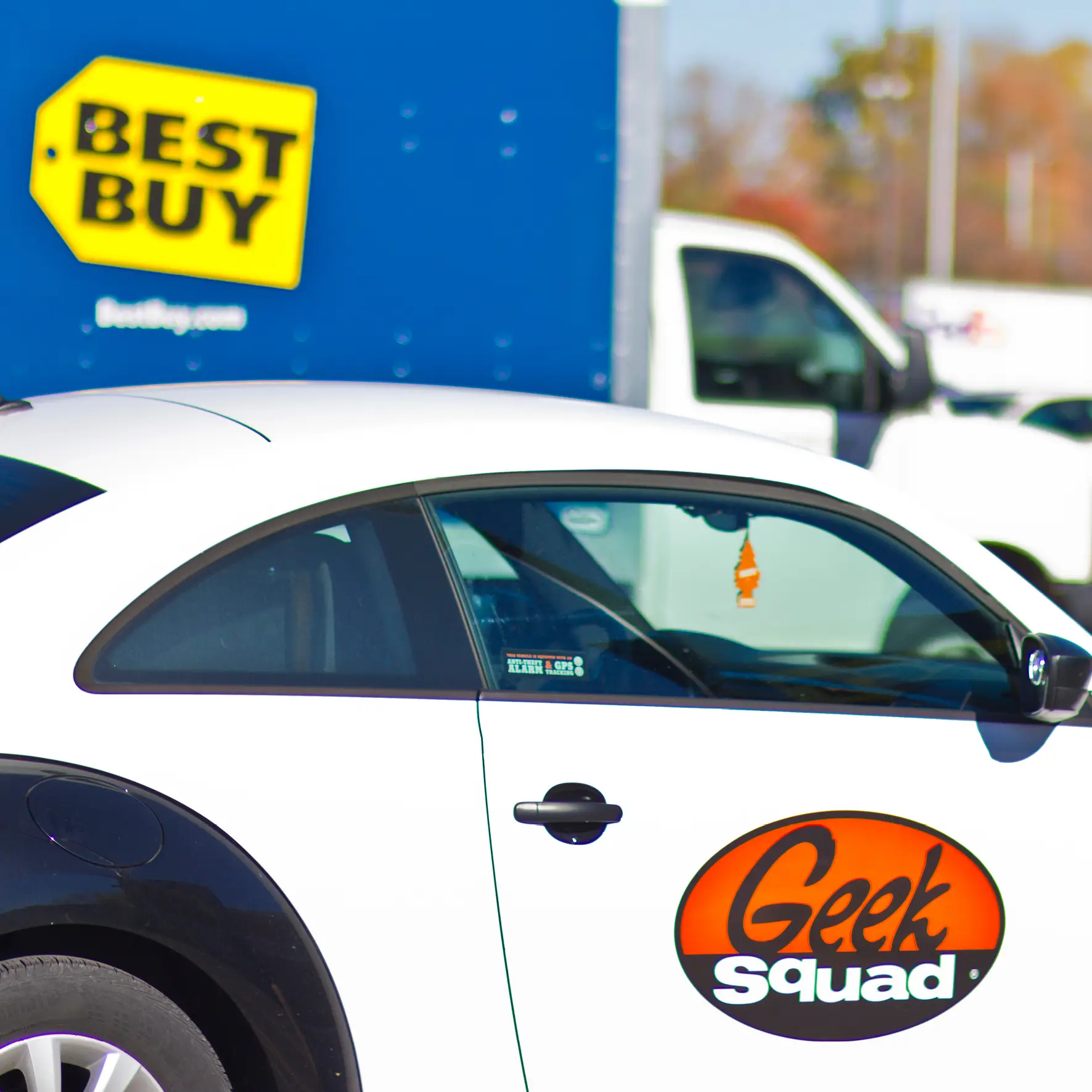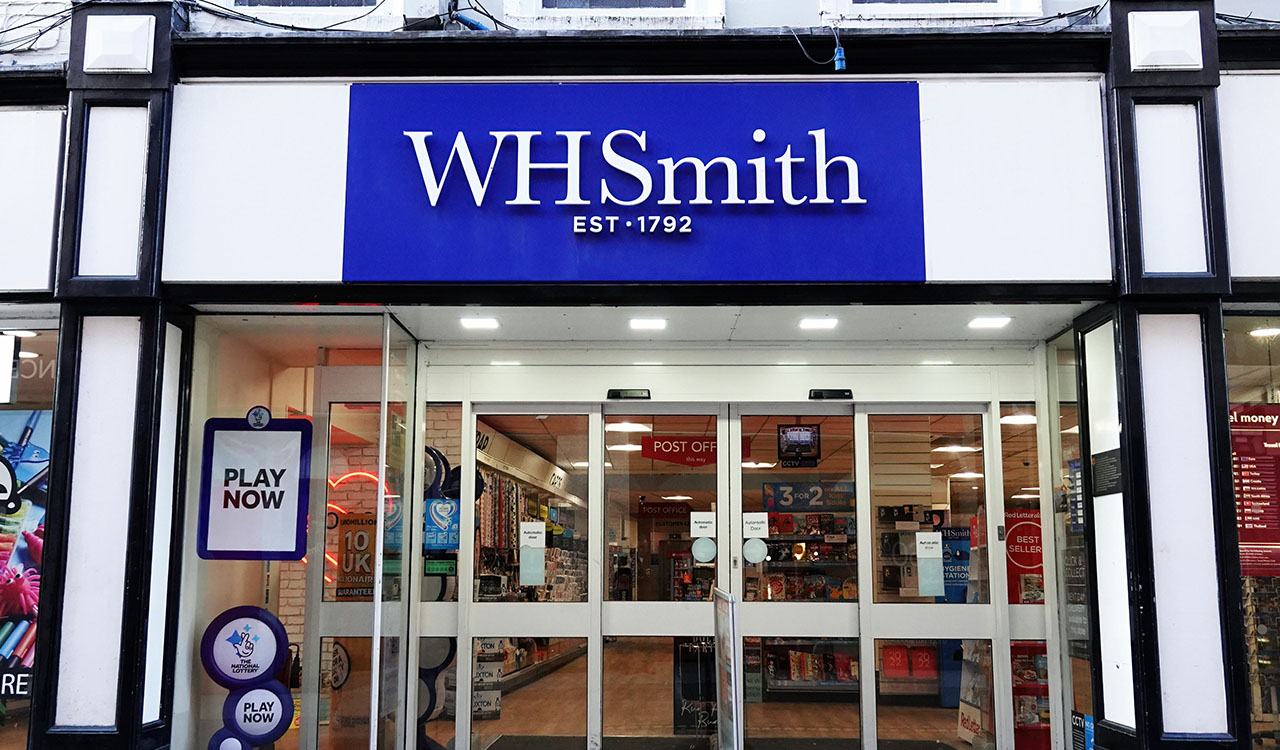When Minneapolis-based Best Buy bought the then eight-year-old Geek Squad from founder Robert Stephens back in 2002, the move seemed anything but intuitive. Now, over two decades later, mergers and acquisitions of specialized service companies by retail brands have become commonplace.
Smart Service
Amidst ever tightening margins, major retail brands are seeking new profit centers, as well as attempting to burnish their brand loyalty and lifetime customer value. These “anti-Amazonation” inoculations, are seen as antidotes to ecommerce commoditization.
Today, Best Buy has become a leader in buying or creating service businesses that complement their core product groups. This movement away from “product-based” retail and toward “solution based” retailing recognizes the importance that context plays in what we buy. It also ups the ante from the usually free “value-added” services, to bona fide “next level” offerings which come at a cost, but also command higher margins than the products that they augment.
Besides general computer troubleshooting, Best Buy’s Smart Home Services, facilitated by Geek Squad, provides a digital treasure trove of connectivity. From video doorbells and smart thermostats, to getting your home security and smart devices talking to each other, the Geeks make your home smart, even if you aren’t.
A Healthy Undertaking
With an eye on the aging Baby Boomer, and the emerging “aging-in-place” movement, Best Buy is also becoming increasingly focused on home healthcare. In November 2021 they shelled out nearly $400 million to acquire remote patient monitoring technology vendor Current Health. And in early March of this year, Best Buy announced that it had struck a three-year deal with the Charlotte, N.C. based Atrium Health, a division of one of the nation’s largest hospital operators, to develop new “hospital at home” offerings, thus doubling down on its healthcare services offerings.
The Atrium initiative involves Best Buy’s Geek Squad representatives visiting patients’ homes to set up technology that remotely monitors heart rate, blood oxygen level and other vitals. Additionally, the specialists train patients or caregivers in how to use the devices. The data is then shared securely with doctors and nurses through Current Health’s telemedicine hub.
“The goal of the partnership is to enable providers to deliver high-quality care to patients in the comfort of their own homes, while helping reduce emotional and financial burdens on patients and caregivers,” Best Buy and Atrium companies said.
The Original “Change Agent”
I reached out to Geek Squad founder Robert Stephens for his thoughts on the brand’s evolution and its formidable impact on the Best Buy brand, now nearing 30 years since the 1994 launch.
Robert, whose story is covered in my 2014 book Retail Schmetail (which he kindly endorsed), was both a tech “wunderkind” and Minneapolis urban legend. Beginning with a mere $200, a white shirt, a skinny black clip-on tie, and a “Chief Inspector” badge, Robert motored the streets of Minneapolis in his tiny black and white Renault Dauphine, mimicking the police cruisers on the 1950s TV series Dragnet. He became a one-man superhero to repair broken hard drives, jammed floppy discs, and help the terrified neophytes of the new digital era. I was one of those. After the Best Buy Geek Squad purchase, Robert stayed on helping to guide the growth of his brainchild.
Built to Endure
Robert remarked that many of his original team remain at Best Buy to this day where they have been dispersed though the company, nurturing and growing the brand. When I asked him how he felt about Geek Squads’ movement into healthcare, he said he was pleasantly surprised, and recognized that Best Buy was well positioned to build on its strengths of service. He even drew comparisons between healthcare, bedside manners, and tech support, suggesting “healthcare IS the ultimate tech support.”
Robert also shared an earlier healthcare undertaking not well known even in Minneapolis, that he played a role in. For over a decade, Geek Squad agents have been “in house” at Children’s Minnesota Hospital, actively assisting families with computers, tablets, DVD players, gaming systems, cameras, cell phones and other consumer technology devices – with all services provided at no cost to patients and their families.
Robert believes, as I do, that Minnesota based businesses like Best Buy and Target demonstrate the kind of “maverick attitudes” that it takes to survive in retailing. Their “culture of innovation” makes both retailers tough to compete against, particularly for other legacy brands lacking the same agility and imagination. Robert pointed to the infamous “midwestern work ethic,” and (in a slightly cheeky tone) referenced our endless winters that contribute to our resiliency.
Walmart Gets “Healthy”
Other major retailers are also making sizable inroads into healthcare. Walmart recently announced the addition of 17 new Walmart Health centers, adding to the 32 units which are already operational. And by 2024, they are planning to have 80 units up and running in seven states. The newest units will be smaller than the original 10,000 square-foot footprint and will be located inside Walmart Supercenters.
Walmart Health offers a full suite of health services. This will include primary care, dental care, behavioral health, labs and X-ray, audiology, and Walmart Health Virtual Care telehealth services. Additionally, last fall Walmart inked a 10-year Medicare Advantage deal with Minnesota based UnitedHealth Group to deliver care to seniors on Medicare Advantage plans.
Then There Is Amazon
Amidst all the challenges Amazon is dealing with, including downsizing their retail footprint and across-the-board cost cutting, they too are getting a foothold in primary healthcare. In February Amazon completed a $3.9 billion acquisition of One Medical, which gives Amazon access to more than 200 brick-and-mortar physicians’ offices with about 815,000 members. However, that falls way short of the more than 1,100 Minute Clinics and 900-plus HealthHUBs operated by CVS, as well as the nearly 700 VIllageMD clinics co-located near Walgreens.
The vision (something Amazon exceeds at) would allow the One Medical/Amazon model to blend its primary care doctor relationship with healthcare information and apps (naturally). The model would integrate suggestions and recommendations for health activities, prescription delivery (through PillPack), and healthy food (through Whole Foods and Amazon Fresh). The data would be connected to a patient’s primary care physician (and no doubt to Amazon’s CRM shopping records of each patient). It remains to be seen if Amazon is the right “specialist” to meet the moment.
Beyond Health
Beyond healthcare, there are other new modes and models of retailing’s “fee-for-services.” Some reflect our country’s aging housing stock, while others recognize lifestyle changes at both ends of the demographic spectrum. These offer new challenges and opportunities to meet our rapidly changing consumer needs.
By 2030 71.5 million Americans, or 20 percent of the U.S. population will be 65 years-old or older. As the 78 million Boomers undertake downsizing or rightsizing their lives, they will need a host of new services and service providers not currently in existence. As more of these active and vital folks choose to age-in-place, their “places” will require necessary upgrades, improvements and augmentations.
Anyone who has searched for a handyperson or contractor knows how painful that process can be. Certainly, there are a host of options, from Craigslist to Angie’s List, which rebranded as Angi in 2021 after merging with HomeAdvisor in 2017. These seek to match household projects with a bevy of “qualified” area contractors. However, for many consumers, the process can seem like a black box of unknowns, leading to allowing relative strangers into their homes.
Home Depot and Lowe’s Does Angi
Our ginormous home improvement industry has gotten very “servicey” as well. Home Depot added an ad hoc service model, when it opened its first Tool Rental centers in four Nashville stores back in 1995. The company also rents trucks to customers and contracts with third-party vendors for appliance installations and other home services.
HomeDepot.com, under the heading of “The Home Depot’s Pro Referral,” lists 17 different categories of services, covering over 400 different projects, using the tagline “let us do it for you.” These run the gamut from flooring installation and kitchen remodeling to appliance and smart home installation services.
The reality is most of these services are performed by local contractors. So, The Home Depot is acting more like “Angi” than a branded services provider. They do, however, underwrite service warranties. Lowe’s offers similar third-party service offerings they call “All Home Services” with 38 different repair and installation categories.
From Tailwinds to Headwinds
After strong pandemic related home improvement sales through all of 2021, things began to taper considerably, by the end of the first quarter of 2022, according to traffic trackers and analysts Placer.ai. That contraction continued through most of 2022 and has resulted in weak 2023 sales forecasts from both major DIY superstores. Home Depot recently forecast flat same-store growth for 2023 and Lowe’s predicted comps to be flat to down two percent.
Lowe’s CEO Marvin Ellison on a recent quarterly call tried to put a positive spin on it. He noted consumers still have more than $1.5 trillion more in disposable income than pre-pandemic, home equities remain at record levels, and half of the U.S. homes are over 41 years old, the greatest percentage since World War II.
Low Hanging Fruit
I tend to concur with Ellison. However, I also believe both Lowe’s and Home Depot do not fully appreciate the untapped market opportunities at the services side, particularly in light of the highly fractured, non-DIY home improvement arena.
There are two key user groups whose habitat related needs are currently not being met. The millennials just entering the housing market in record numbers will stoke demand for repairs, upgrades or complete remodels. Meanwhile, the aging baby boomers (of which I’m one) having a strong desire to age in place will continue to need home repairs to improve quality of life and deal with adaptive modifications to meet changing mobility needs. And while a percentage of both demographics may fit the DIY mold, many more do not.
Both Home Depot and Lowe’s are trusted brands. But attempting to build credible and sustainable home services offerings through third-party contractors is slippery slope. There are just too many variables involved in controlling the quality of outcomes.
A Window Into What Could Be
The replacement window industry used to have a loathsome reputation; this was born out though extensive consumer research by the Andersen window company in the late 1980s. With the 1995 introduction of the Renewal by Andersen they turned that entire window replacement segment on its head by making the entire purchase and installation turnkey. This eliminated lack of control over potentially imprecise sales and service issues, emblematic of the category at the time. In fact, my retail design firm developed the first flagship Renewal by Anderson showroom, which introduced the end-to-end concept. Controlling every customer touchpoint, down to their trucks emblazoned by the now familiar Renewal logo, ensured trust was baked into the entire process.
That same level of trust is embedded in the halo effect of Best Buy’s Geek Squad service offerings. The black & white VW Beetles and vans that deliver an ever-expanding range of services comfort the customer, while insuring great service margins.
Similarly, if you’re a Gen Xer or Boomer, you may recall Sears Home Services trucks that used to roam our neighborhoods as ubiquitously as Amazon and FedEx trucks do today. Americans knew if their home needed service, Sears was the call to make. That was back when Sears, formerly America’s largest retailer, still had a reputation for quality and trusted service.
Owning All the Brand Touchpoints
While the seemingly endless services offerings that both Lowe’s and Home Depot’s home improvement services describe, in my opinion, it will be difficult for either brand to build on their great reputations as go-to brands for in-home services unless and until they commit to “owning” the service offerings.
Admittedly, such a rollout will need to be incremental. However, the benefits to each company of becoming a bona fide full-service home improvement services provider could positively boost both top and bottom lines. It would also enable the overhaul of the highly fractured and angst-filled home improvement process for non-DIY consumers. Furthermore, it would create greater incentives for each brand to upskill many trades workers while increasing their workflow, incomes, and benefits.





